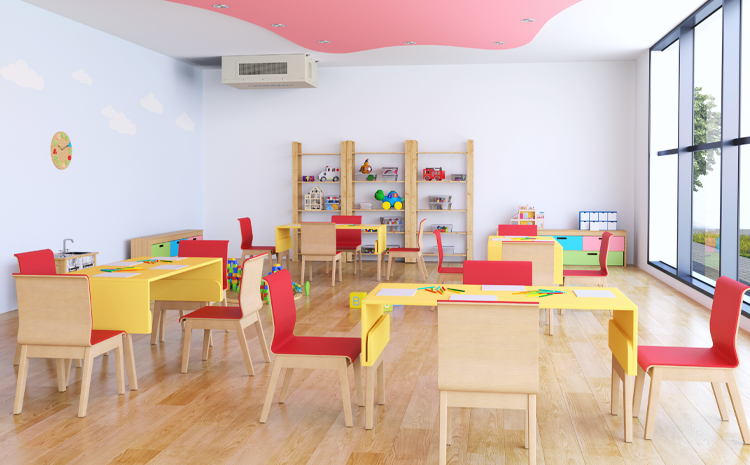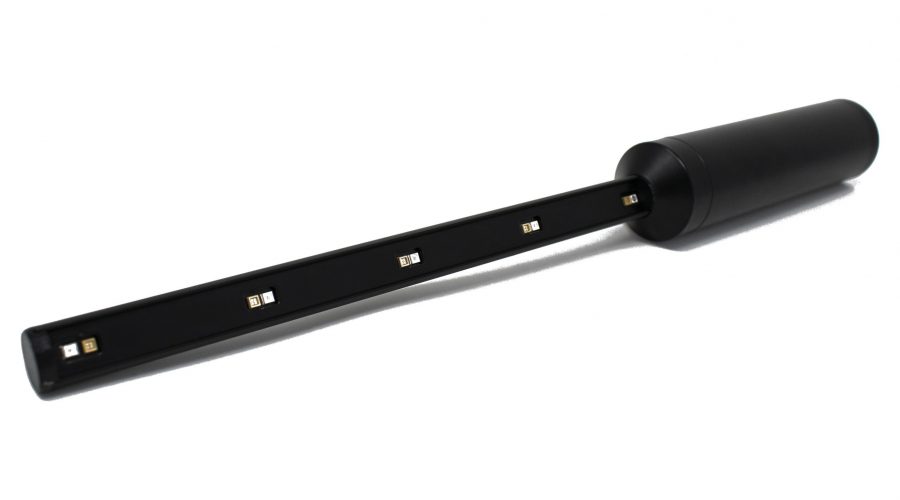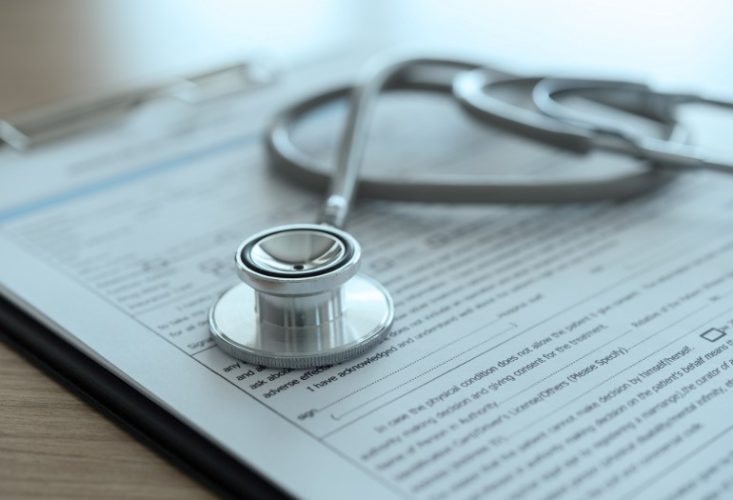In view of the summer and the holidays, one begins to wonder how safe it is to fly. Given the restrictions on intercontinental travel, the most used aircraft will be Airbus A320s and Boeing 737s: classic single-aisle aircraft with up to 186-189 seats inside.
The on-board ventilation system has been designed to circulate 50% air taken from outside (pressurized, processed in the heating system and filtered) and 50% from inside (filtered 20-30 times per hour). What we breathe at high altitudes changes every 2-3 minutes. The air that arrives from above – at the height of the overhead bins – flows downwards at about one meter per second: according to experts, it prevents contagious particles from freely roaming around in the cabin. The air is then captured by other filters placed on the floor. One half is retained, filtered and then pumped back into the cabin, while the other is expelled.
When a traveler sneezes or coughs without the mask he can send his infected particles up to 4.39 meters away (about five rows back and forth of the aircraft), contrary if this happens with the mask the dispersion of the droplets is limited (up to two rows in front and behind). But the risk of exposure is always high at this time, in fact the University of Kansas calculates that if the central seat of rows of three were left empty, exposure to coronavirus infection could decrease from 23% to 57%.
The attention of airlines to the UVC world is beginning to be tangible too, to integrate UVC LEDs into the air handling systems and thus ensure greater safety for their passengers and employees. We are also confident that this attention can greatly improve the quality of our trips.




